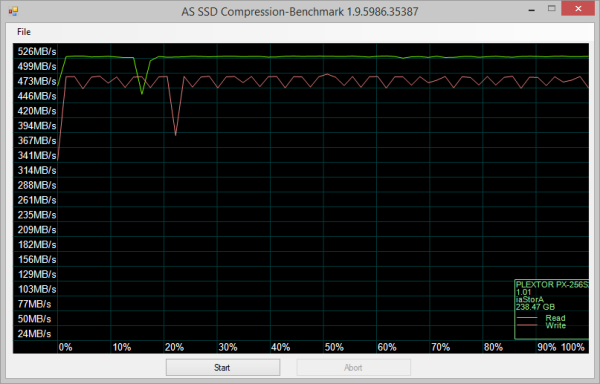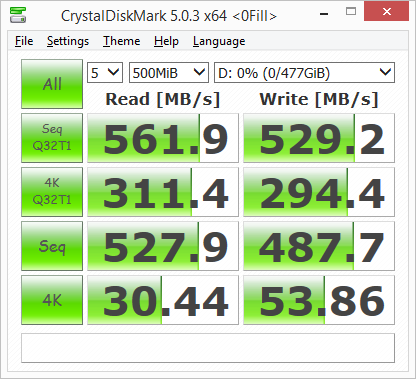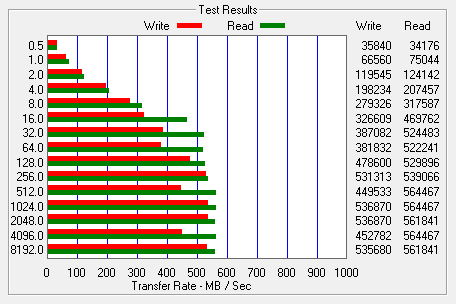The test system used in this review was an HP EliteDesk 800 G1. The computer is equipped with an Intel Core i5-2400 CPU, 16GB of DDR3 1333MHz memory, Plextor PX-256M5P 256GB SSD, PNY Quadro K600 1GB PCIe graphics card and Intel 1217-LM gigabit network card. For the operating system, I installed a fresh copy of Windows 8.1 Enterprise.
To test the performance of Plextor's S2C SSD, I ran a series of benchmarks using CrystalDiskMark, HD Tach RW, ATTO Disk Benchmark, AS SSD, HD Tune Pro, Anvil's Storage Utilities, Iometer and PCMark 8. For comparison, I've also included test results from the Crucial M300, Plextor M7V, PNY CS1311, OCZ Trion 150, PNY CS2211, Plextor M6V, Crucial BX200, OCZ Trion 100, Kingston HyperX Savage, Crucial MX200, OCZ Vector 180, Kingston BX100, Samsung 850 EVO M.2, Samsung 850 EVO mSATA, AMD Radeon R7, Silicon Power Slim S80, Samsung SSD 850 EVO, OCZ ARC 100, SanDisk Ultra II, Crucial MX100, SanDisk Extreme Pro and Samsung SSD 850 PRO.

As I mentioned earlier, the S2C is based on SMI's SM2258 controller chip. Looking at the screenshot above, you can see that it performs equally well with both incompressible (0%) and compressible (100%) data.
CrystalDiskMark 5.1.2:
First, I ran a few quick tests using CrystalDiskMark. This benchmark tool measures the performance of a storage device by testing its sequential read and write speeds as well as its random read and write speeds using blocks 512K and 4K in size.
According to Plextor, the 256GB S2C is capable of reading at 520 MB/s and writing at 480 MB/s. Looking at the screenshot above, you can see that the drive had no problems reaching these speeds in CrystalDiskMark's sequential read and write tests.
The S2C performed equally well when using highly compressible 0x00 (0 Fill) data. This time around, the drive was able to read at 563.9 MB/s and write at 528.1 MB/s.
HD Tach RW 3.0.4.0:
Next, I used HD Tach to test the S2C's read, write and burst speeds as well as its seek times and CPU usage.

Looking at the screenshot above, you can see that the S2C had average read and write speeds of 451.9 MB/s and 221.3 MB/s respectively, as well as a burst speed of 499.0 MB/s. The screenshot also shows that, like most other TLC-based SSDs, the S2C uses some sort of SLC caching. The drive starts writing at about 400 MB/s and then drops to about 220 MB/s when the write operation exceeds the size of the cache. The cache on the 256GB version of the S2C is also surprisingly small. It appears to use about 0.8% of the drive's total capacity, which is about 2GB.
ATTO Disk Benchmark 2.46:
I also used ATTO Disk Benchmark to test the S2C's sequential read and write speeds. The tests are run using blocks ranging in size from 0.5KB to 8192KB and the total length set to 256MB.
When tested with ATTO, the S2C's read speeds topped out at about 564 MB/s and its write speeds at 528 MB/s.







